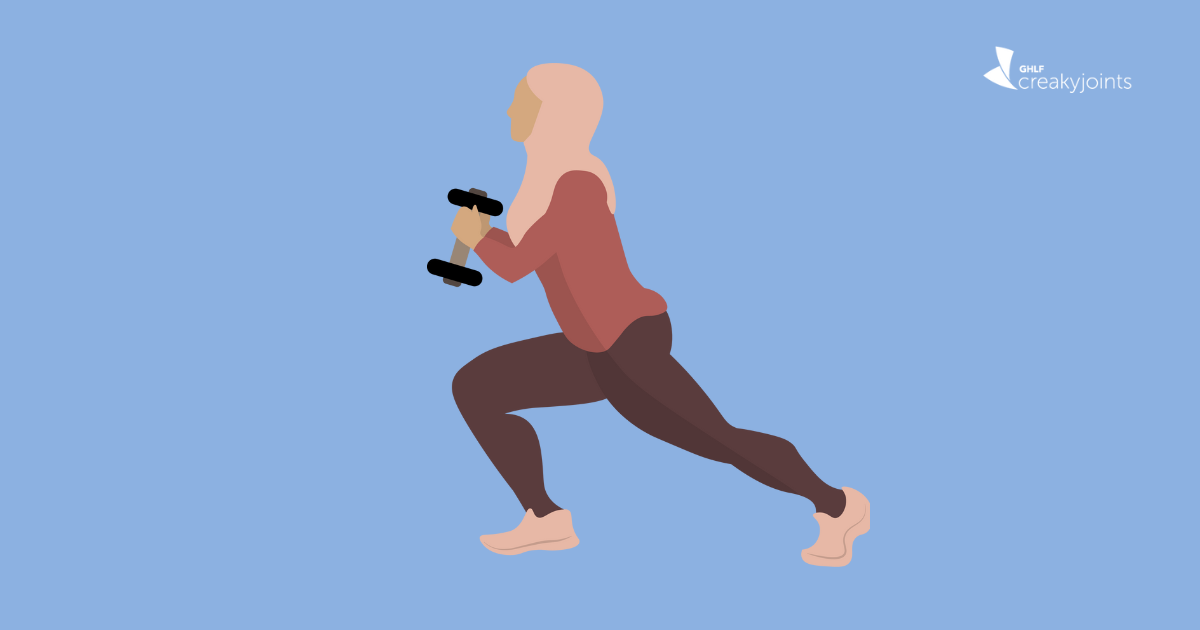

Just like you would ice a swollen toe or sprained ankle, cold can provide the same kind of symptom relief for inflamed joints. During acute flares of rheumatoid arthritis, or if you have inflammation with osteoarthritis, cold therapy helps reduce swelling and pain, say experts.
A review of research published by Cochrane found cold packs can be used as palliative, or supportive, therapy for people with rheumatoid arthritis. And studies on people with knee osteoarthritis showed cold packs reduced swelling, and ice massage improved knee strength, range of motion, and function.
How Cold Therapy Works for Arthritis Pain
Cold constricts the blood vessels in the muscles, which decreases blood flow to the joint area to help reduce swelling and inflammation, explains Eric Robertson, PT, DPT, director of Kaiser Permanente Northern California Graduate Physical Therapy Education and associate professor of clinical physical therapy at the University of Southern California. Cold therapy also slows the transmission of pain signals to the brain, adds Robertson, who serves as a spokesperson for the American Physical Therapy Association.
What it won’t do is cool down your body: “One misconception about cold therapy is that the effects can reach deep into the joint or muscles,” says Robertson. “While your skin may feel very cold to the touch, your body is remarkably efficient at maintaining its internal temperature, so cold therapy really only affects tissues near the surface — like skin, fat, or small portions of muscles.”
Do Cold Therapy at Home
Apply cold therapy for about eight minutes at a time, advises Robertson; but remove it as soon as your skin feels numb to the touch. Keeping it on too long can damage tissue or even cause frostbite. To help protect your skin, wrap the cold object in a thin towel or cloth. Talk to your doctor before trying any new therapy to make sure it’s safe for you.
1. Grab a bag of frozen veggies
Robertson advises using what’s readily available at home — like a bag of peas or corn right of the freezer that you wrap with a thin, damp towel. A plastic baggie filled with ice works too (try adding a little water so the bag is less lumpy).
2. Or freeze a towel
Put a damp, folded towel in a plastic bag and toss it in the freezer for about 15 minutes. Then take the towel out of the bag, and lay it on your achy area. Do the same with a damp sponge — freeze it in a plastic baggie, then apply the bag with the sponge to a sore joint.
3. Make a reusable DIY cold pack
Fill a sock with rice and store it in the freezer; rice gets as cold as ice, but won’t melt when used. To make your own gel-type pack, fill a sealable plastic bag with liquid dishwasher detergent and freeze.
4. Or buy an ice or gel pack
They come in different shapes and sizes, including squares or long gel packs that can wrap around you. You can even find sleeves or braces for your wrist made to fit frozen gel packs.
5. Try an ice massage
Fill a paper cup with water and freeze; then peel back off the top of the cup, leaving a little at the bottom for you to hold on to, says Robertson. Rub the ice in small circles all over the affected area, avoiding spots where the bone is close to the skin (such as right over the kneecap or point of the elbow).
6. Keep instant ice packs on hand
These single-use versions can be cracked, which activates a chemical reaction that causes the pack to become cold right away. They are a convenient option when you travel, for example, or a freezer is not accessible.
When to Try Heat Therapy for Arthritis Instead
Heat therapy helps decrease pain and improve muscle flexibility in patients with arthritis, say experts. With acute inflammation during an RA flare, cold is best, says Robertson. “Outside of that, there are few hard and fast rules,” says Robertson, who encourages patients to follow their preference.





